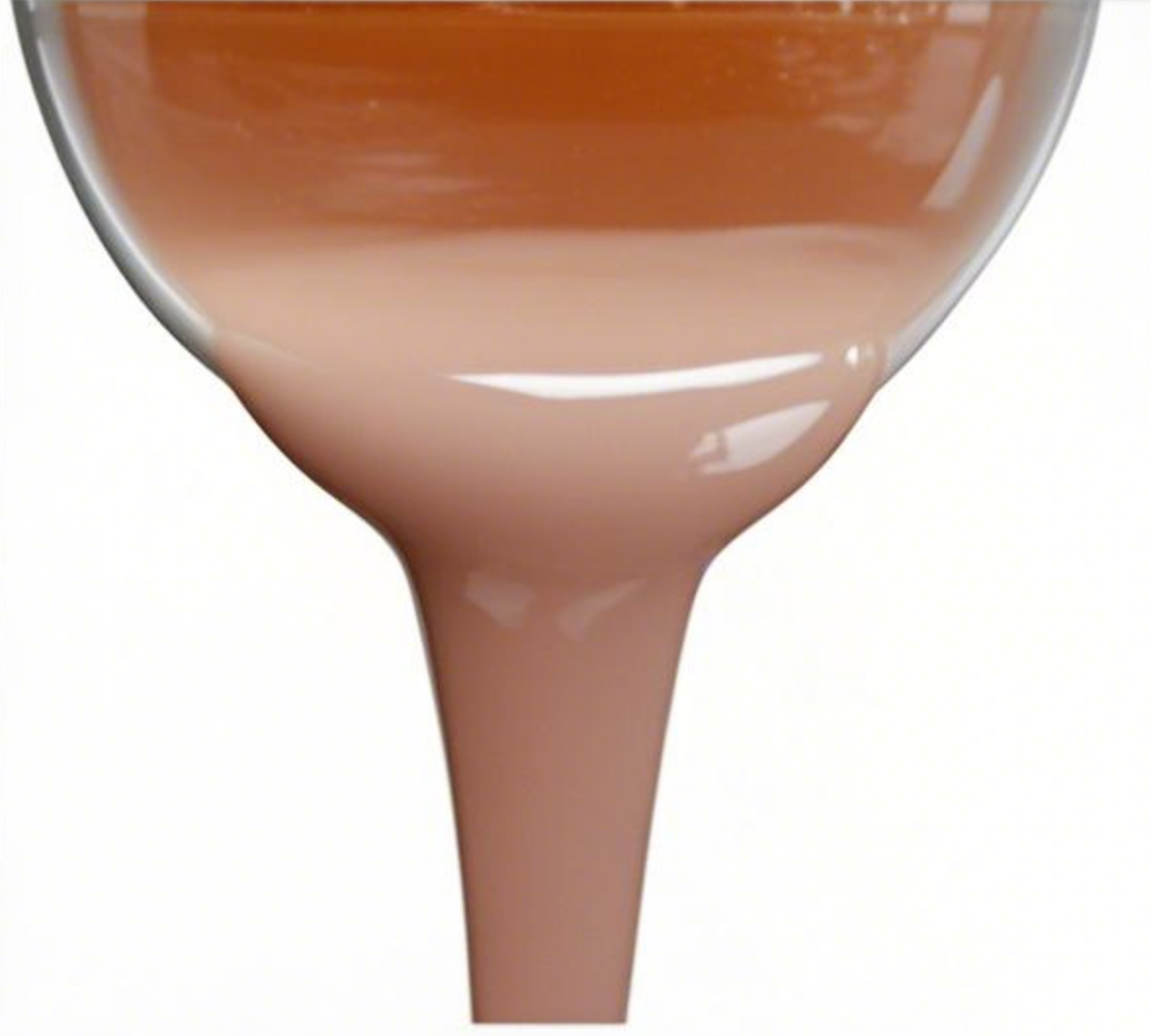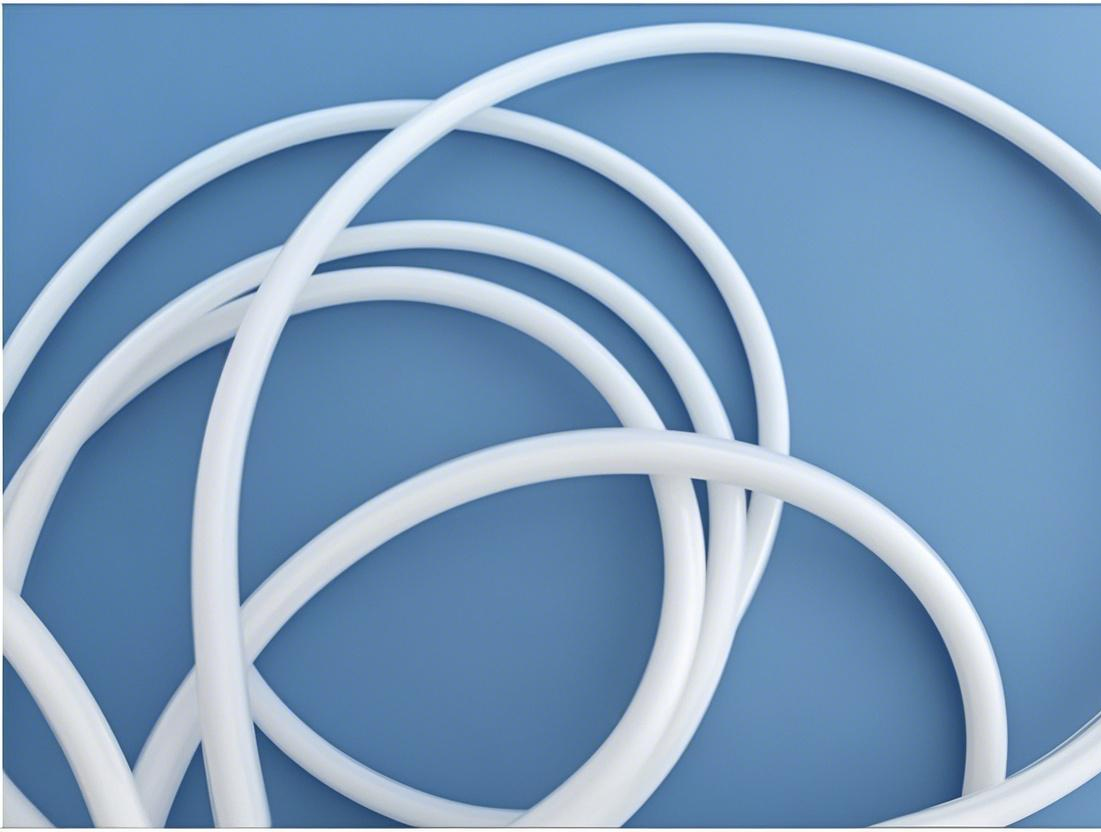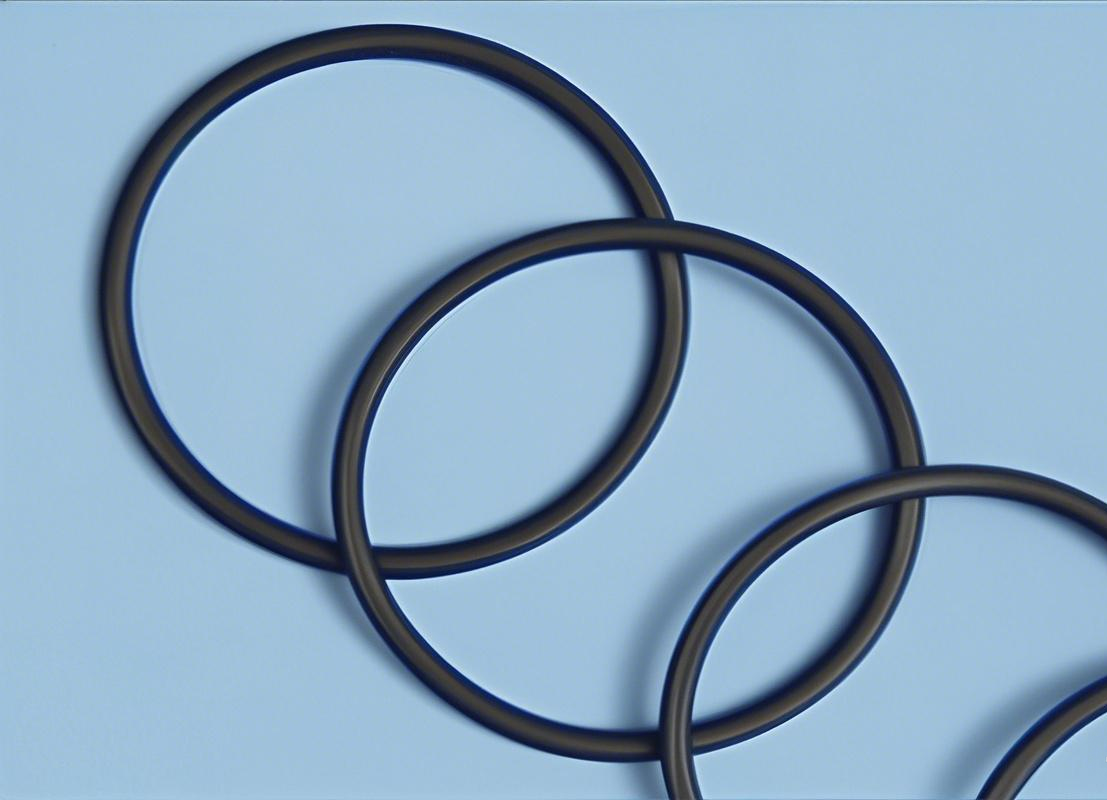I. Characteristics and Applications of Simulated Human Silicone Products
-
It can be used for a long time within the temperature range of -65°C to 200°C and maintain its soft and elastic properties.
-
It is environmentally friendly and non-toxic, and has passed the SGS and ROSH environmental protection and non-toxic certifications.
-
It has excellent electrical properties and chemical stability, is resistant to water, ozone, and weather aging, has no corrosiveness, has physiological inertia, is non-toxic and odorless, has a low linear shrinkage rate, and is easy to operate.
II. Uses of Simulated Human Silicone
It is mainly used for non-slip mats, human faces, simulated human limb shapes, which have a soft touch, human body shapes, sex products, breast stickers, shoulder pads, patches, and other flexible silicone rubbers. Since it is food-grade, it can be used to make food molds, high-end silicone products, etc.
III. Usage Process of Simulated Human Silicone
-
Mix components A and B evenly at a weight ratio of 1:1. After vacuum degassing, it can be poured. At room temperature (28°C), the operation time is 30 minutes, and it will be completely cured in 2-3 hours; when heated to 60-120°C, it can be completely cured within tens of minutes.
-
During operation, it should be separated from the containers that have been used for condensation-type silicone. Tools that have not been used for room-temperature silicone should be used to operate this silicone.
-
Before use, conduct a skin test on the mold model to see if it will cure, and then put it into use.
-
The following substances may hinder the curing of this product or cause non-curing phenomena. Therefore, it is best to apply it after a simple experimental verification. If necessary, the application site needs to be cleaned.
| Project | Testing Method | NQ-4310-2 |
| Appearance | Visual Inspection | White and Translucent,skin color |
| Viscosity(Pa.s,25℃) | GB/T 1024-2008 | 2000±500 |
| Density(g/cm3) | GB/T 533-2008 | 1.1 |
| Hardness(shore A) | GB/T 531.1-2008 | 10 |
| Tensile Strength(MPa) | GB/T 528-2009 | 4.2 |
| Elongation(%) | GB/T 528-2009 | 560 |
| Tear Strength(KN/m) | GB/T 529-2008 | 20 |
















